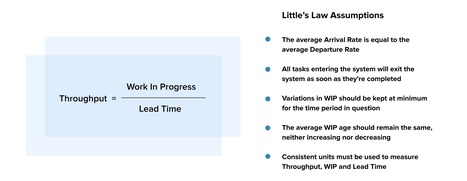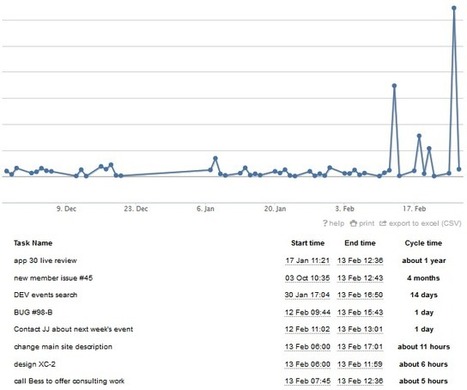Common estimation approaches often fail to give us the predictability we want. Forecasting provides a range of possible outcomes with the chance of outcomes becoming reality. It can answer questions like “When will it be done?” or “What can we deliver by xx?” with confidence.
Research and publish the best content.
Get Started for FREE
Sign up with Facebook Sign up with X
I don't have a Facebook or a X account
Already have an account: Login
For Product Owners/Product Managers and Scrum Teams: Growth Hacking, Devops, Agile, Lean for IT, Lean Startup, customer centric, software quality...
Curated by
Mickael Ruau
 Your new post is loading... Your new post is loading...
 Your new post is loading... Your new post is loading...
|
|














InfoQ: What data do you collect and how much do you need?
You don’t need much data to start: 5 samples is a good "minimum", and 7-11 samples are enough to give you good accuracy.